Mulching with Seaweed
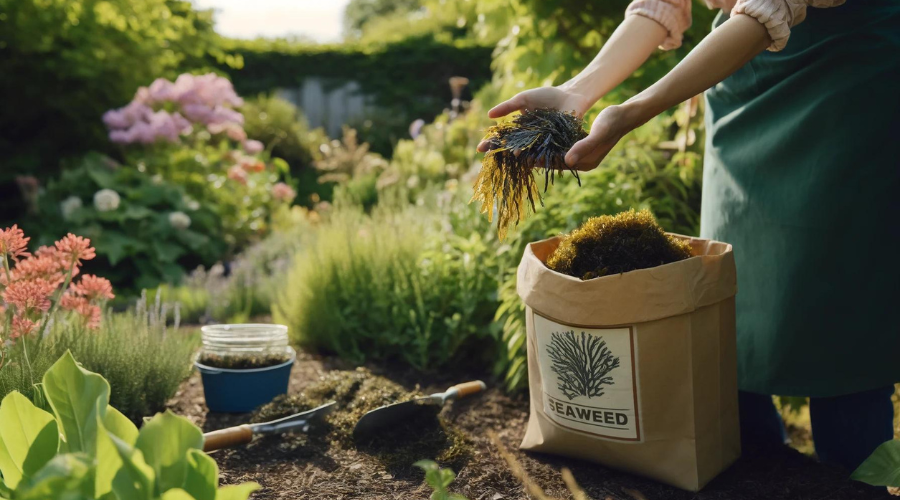
As gardeners, we’re always on the lookout for natural, sustainable ways to nourish our plants and keep our soil healthy. One often overlooked resource that can provide a wealth of benefits is seaweed. Using seaweed as a mulch could be the eco-friendly solution you need not only to keep your plants healthy but also to keep pests at bay. In this article, we will explore the many benefits of using seaweed as a mulch, and show you how this versatile material can transform your gardening.
The benefits of using Seaweed as a mulch
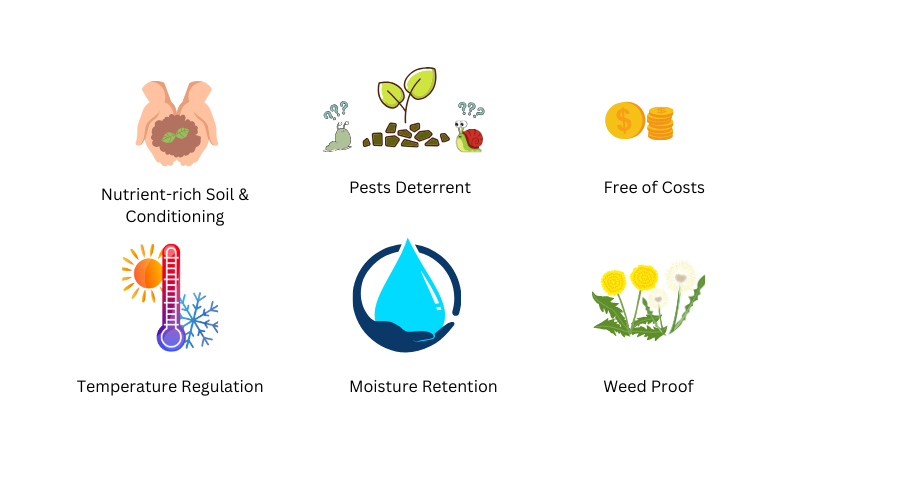
Nutrient-rich soil: Seaweed is loaded with all the good stuff your plants need, like nitrogen, phosphorus, potassium, and a whole host of trace minerals. As the seaweed breaks down, it slowly releases all those nutrients into the soil, giving your plants a steady supply of food. It’s like a natural, slow-release fertilizer.
Soil Conditioning: Seaweed can work wonders on heavy, clay-y soils, making them more porous and airy. And for those sandy, thin soils, the seaweed helps them hold onto moisture and nutrients much better. It’s like a little soil superhero, transforming your garden’s foundation.
Pest and Disease Deterrent: The natural salts and the texture of dried seaweed can actually deter all sorts of pesky critters, like slugs and snails, that might want to munch on your plants. Plus, since seaweed doesn’t share any diseases with land plants, you don’t have to worry about it introducing any new problems into your garden.
Free: Oh, and the best part? If you live near the coast, seaweed is basically a Readily Available and Free resource that you can just go out and collect. It’s like nature’s own little gift to gardeners!
Additional benefits of Seaweed Mulching
You know, the benefits of seaweed mulch just keep on coming! Beyond all that great stuff about nutrient-rich soil and pest control, this stuff has some other really impressive tricks up its sleeve.
Temperature regulation: Just like other organic mulches, seaweed acts as this insulating layer for your soil, keeping it nice and cozy when the weather’s cool, and providing a little cooling relief when things start to heat up.
Water-saving superpower: By covering up the soil with that thick layer of seaweed, it seriously cuts down on all that pesky water evaporation. So your plants can hang onto that precious moisture, especially during those dry spells when every drop counts.
Weed-smothering action: Seaweed mulch just blocks out all that sunlight that weed seeds need to germinate and grow. So you can say goodbye to all that manual weeding and just let the seaweed do its thing.
How to use a Seaweed as a mulch
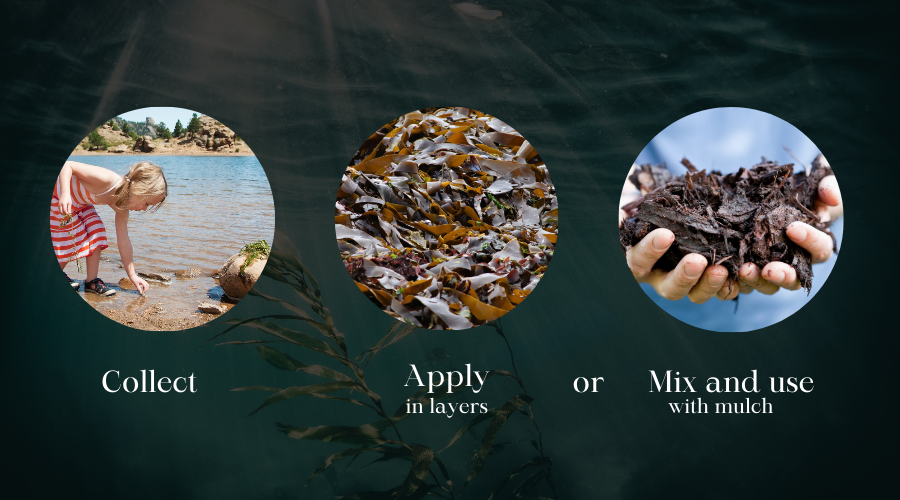
When you head to the beach, bring a large, reusable bag or container to collect the seaweed in. Gently shake the seaweed to remove any small creatures or sand before placing it in your bag. Avoid collecting during spawning seasons, as the seaweed may contain eggs or larvae. And be sure to spread out your collection across different areas of the beach, rather than stripping one spot bare.
If the seaweed is not already damp, you can lightly mist it with seawater before placing it in your bag. This helps prevent it from drying out during transport.
At home, you can use the seaweed fresh as a protective mulch. Spread a 4-6 inch layer over your garden beds, leaving a few inches of space around the base of plants. As the seaweed decomposes, it will shrink down, so you may need to top it up periodically.
Alternatively, you can mix the seaweed with your ordinary mulch and add them together to your garden beds.
Conclusion
So the next time you’re at the beach, consider bringing a bag and collecting some seaweed. Collecting seaweed can also be a great activity to do with kids. They’ll love exploring the beach, gently shaking the seaweed to remove any critters, and then helping to spread it around the garden. It’s a fun, hands-on way to teach them about the importance of sustainable gardening practices.
With a little care and creativity, you can put this abundant resource to work in your garden, enjoying bountiful harvests and healthy, vibrant plants. It’s a win-win for you, your garden, and the environment.
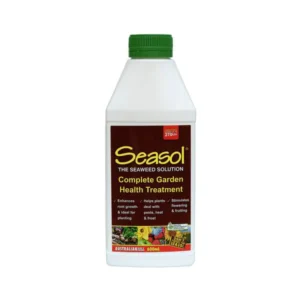
Seasol Seaweed Concentrate
2 reviews $11.49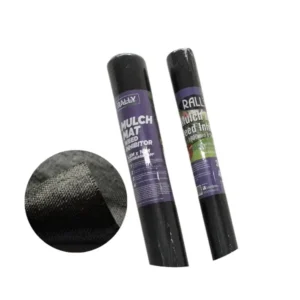





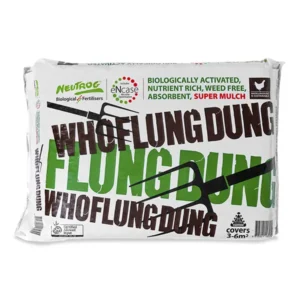
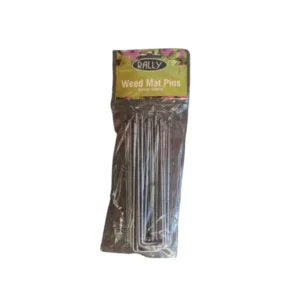
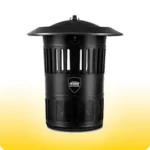 Mosquito Traps
Mosquito Traps